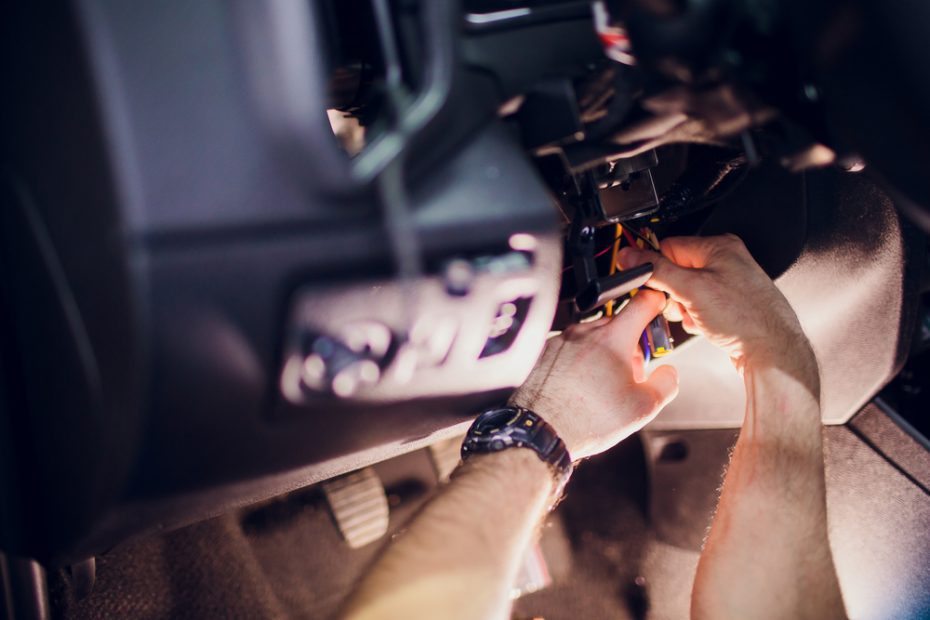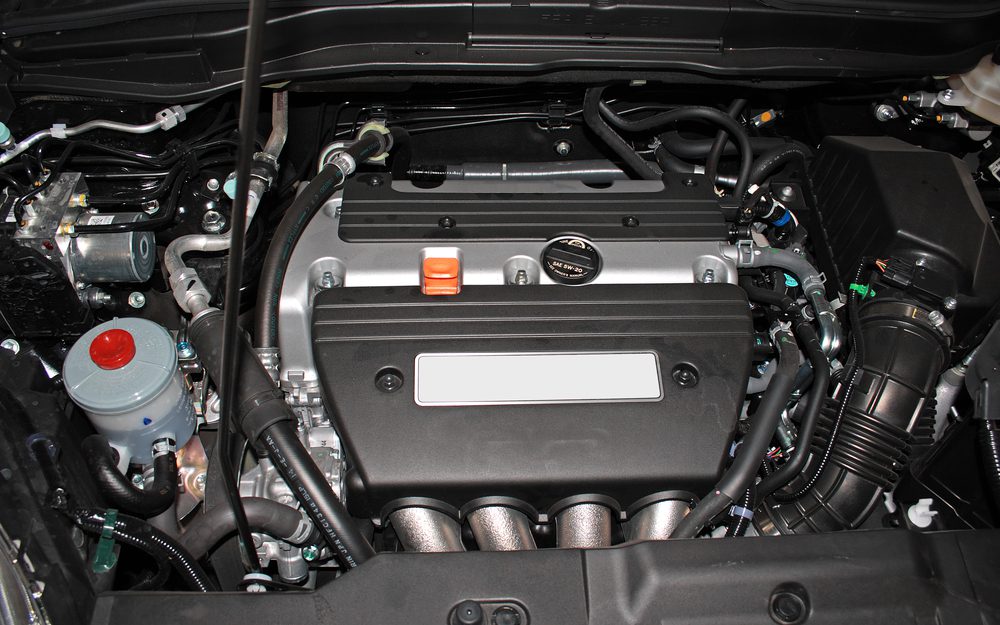Where is a body control module located?
Introduction
The body control module (BCM) is an essential component of modern-day vehicles, responsible for controlling various electrical systems and features. It acts as the central nervous system of the vehicle, managing functions such as lighting, wipers, door locks, windows, and more. Understanding the location of the BCM is crucial when it comes to maintenance, repairs, and troubleshooting issues related to these systems. In this article, we will explore the typical placement of the body control module in vehicles and discuss its importance in vehicle operations.
The Role of the Body Control Module
The body control module serves as a communication hub, receiving inputs from various sensors and switches throughout the vehicle. It then processes these signals and sends out commands to activate or regulate the different electrical components. For instance, when you turn on your headlights or adjust the interior lighting, the BCM receives the signal and controls the relevant circuits accordingly.
Electrical Systems Controlled by the Body Control Module
The body control module oversees several critical electrical systems in a vehicle. These may include:
- Interior and exterior lighting
- Power windows and mirrors
- Door locks and keyless entry
- Wipers and washers
- Climate control
- Airbag systems
- Anti-theft systems
Location of the Body Control Module
The precise location of the body control module can vary depending on the make and model of the vehicle. However, there are a few common areas where you are likely to find it.
In many vehicles, the body control module is located near the dashboard or under the steering column. This placement allows for easy access and integration with the wiring harness and other control modules. In some cases, it may be positioned behind the glove compartment or in the center console.
Quote:
“The body control module is typically tucked away in a discreet location, ensuring it remains protected while still being accessible for maintenance or replacement.”
Examples of Body Control Module Locations
To provide a better understanding, here are a few examples of where you might find the body control module in different vehicle models:
| Vehicle Make | Model | Body Control Module Location |
|---|---|---|
| Ford | Focus | Behind the glove compartment |
| Volkswagen | Golf | Under the steering column |
| BMW | 3 Series | In the trunk, near the battery |
Please note that these examples are not exhaustive, and it’s essential to consult the vehicle’s manual or seek professional advice to pinpoint the exact location of the body control module in your specific vehicle.
Where does the BCM get power from?
Power Source
The body control module (BCM) is a crucial component of modern vehicles, responsible for controlling various electrical systems. It is essential to understand where the BCM gets its power from to ensure its proper functioning.
Vehicle Battery
The primary source of power for the BCM is the vehicle’s battery. The battery provides the necessary electrical energy to operate the BCM and other electronic components in the car. It supplies power even when the engine is turned off, allowing the BCM to perform functions such as managing lights, door locks, windows, and more.
Fuse Box
To protect the BCM and other electrical systems from excessive current or a short circuit, the power from the battery is routed through the vehicle’s fuse box. The fuse box contains multiple fuses that act as safeguards by interrupting the power flow if an electrical fault is detected. These fuses can be easily replaced if they blow due to a faulty component or system.
Ignition Switch
The BCM also receives power from the vehicle’s ignition switch. When the ignition switch is turned on, it sends a signal to the BCM, allowing it to initialize and activate the various systems it controls. This enables the BCM to monitor and manage functions such as remote keyless entry, alarm systems, and more.
Quote:
“The power source for the body control module is essential for the proper functioning of various electrical systems in a vehicle.”
Conclusion
In conclusion, the body control module (BCM) obtains its power from the vehicle’s battery primarily, with the ignition switch serving as a secondary power source. The power is then protected by fuses in the fuse box. Understanding where the BCM gets its power from is crucial for maintaining and troubleshooting electrical issues in modern vehicles.
Table:
| Power Source | Description |
|---|---|
| Vehicle Battery | Primary source of power for the BCM and other electronic components. |
| Fuse Box | Protects the BCM by interrupting power flow in case of electrical faults. |
| Ignition Switch | Provides secondary power to initialize and activate the BCM. |
List:
- Vehicle Battery
- Fuse Box
- Ignition Switch



